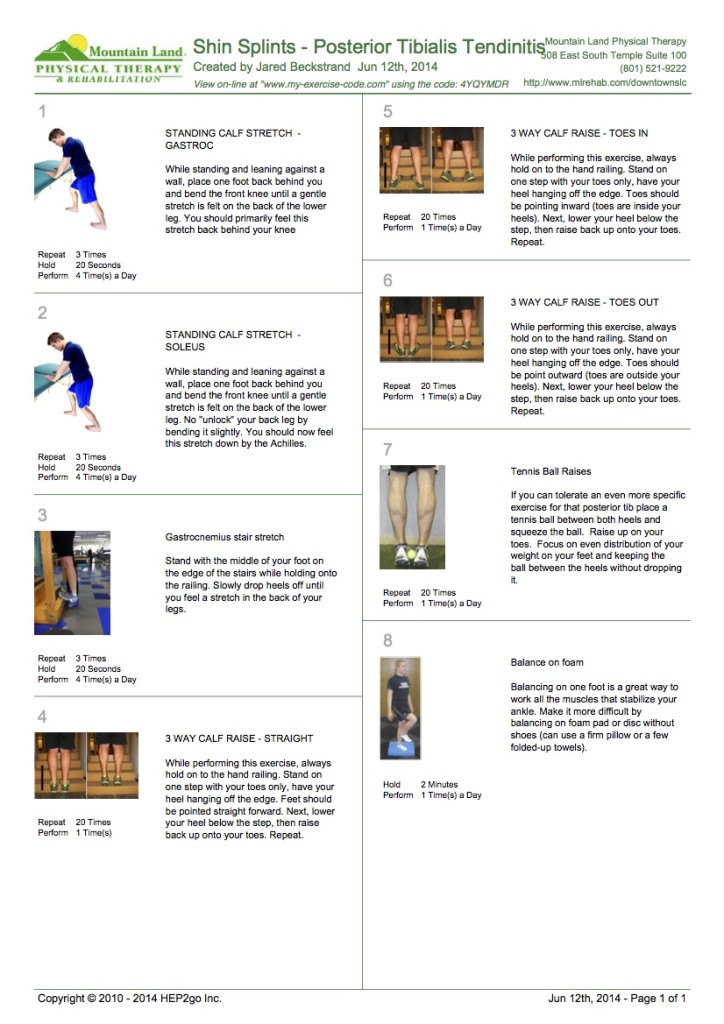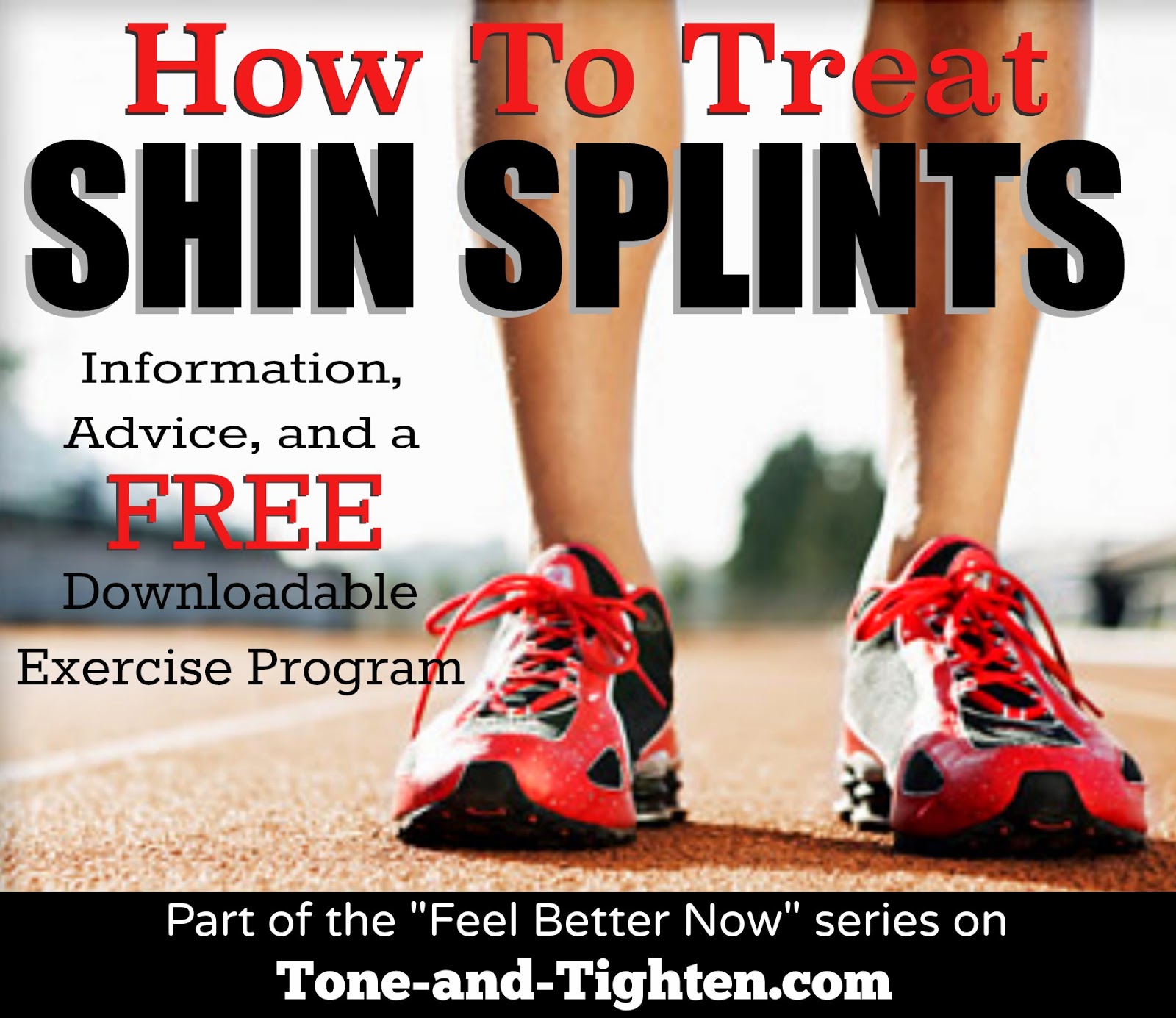Alright – in Part One we discussed the basics – what are shin splints and why you get them. Welcome to the good stuff! Here’s where we’ll break down what you can do about this pain to help you “Feel Better Now”.
Before we get into it too much it’s important that I explain the difference between a tendinitis and a tendinosis to help you select the treatment that is best for you. “-itis” is indicative of inflammation. Typically this is an acute injury that has been going on for less than 10 days. You overworked it once and now it’s been aggravating for about a week. “-osis” means degeneration – simply that your tendon has been in pain for a lot longer than 2 weeks and didn’t do a very good job healing. It’s got some damage done but the healing process didn’t do as good a job as it should have. While these problems are, for the most part, very similar they are treated a little bit differently. Let the 10 day rule guide you as you select which of the following interventions to use as you rehab your injury.
Rest: avoid the activity that causes pain until it settles down a little bit (stay off it 3-4 days and ease back in to activity).
Ice: 20 minutes on, 20 minutes off, all day long as your schedule permits (3-4 times/day but more if you can). A bag of frozen peas works great to conform to different areas of your body.
Ice Massage: Like ice x4. Fill 1/2 a paper cup and put it in the freezer. When it’s solid peel the cup so you’ve got about 1/2 – 3/4″ of ice above the level of the cup. Use this to massage the inside part of your shin. Again – this bad boy is a lot more aggressive – no more than about 8 minutes.
Ibuprofen: I always recommend medications be taken according to the directions on the package
Arch Support: As we mentioned previously, if your posterior tbialis tendon is stressed out from working too hard then a good way to alleviate that pain is to unload the tendon. This can be done with a good arch support. Custom are going to be more expensive but always worth it. My advice is to try an over-the-counter arch support first; this is the one that I typically recommend.
Compression: Compression sleeves are another great way to alleviate some of the pain in your calf. They serve to support the area and help it not undergo so much stress. Here are a few to give you some ideas.
Stretching: See the home exercise sheet below, numbers 1-3 (especially #2).
Rest/Activity Modification: is going to be beneficial. Avoid activities that cause a significant increase in your pain. If it hurts to run 4 miles, run 2. If that still hurts run 1. If that doesn’t hurt then gradually start to increase from there while doing the other things listed below.
Deep Massage: One way to stimulate tissue repair is with deep massage to the area. Get some lotion and go at the area that’s painful 5-10 minutes once daily.
Aggressive Stretching: See exercises below for recommended stretches, sets, and reps.
Strengthening: Again, see exercise program below.
Altering running mechanics: Oftentimes those who suffer from posterior tibialis tendinitis (shin splints) land on their heel and then their forefoot slaps down into the ground while running. To alleviate these forces try landing more on your midfoot or even your toes while running. It might feel funny at first, but should feel a lot better to your leg!
Cross training: Some good hip and ankle strengthening go a long way in injury prevention and rehabilitation. See exercise sheet below for my favorite ankle stabilization exercises.
Arch support: See above under tendinitis
Compression: See above under tendinitis
Alright – the moment you’ve all been waiting for! Here is your FREE exercise download that should help to alleviate some of that shin pain you’ve been experiencing. As always, my home exercise programs are generated using the website www.HEP2go.com. They totally rock!
Shin Splints Home Exercise Program
(Click the link above or the picture below to be taken to a download screen)

You don’t have to live with your shin pain! Take an active role now and follow the guidelines presented in this post and in no time you should “Feel Better Now”!!!
The information presented in the “Feel Better Now” series is designed to be used for informational purposes only. The diagnoses and treatment plans outlined are extremely generalized and may or may not be the recommended interventions for your specific problem. If you are experiencing pain, you are encouraged to consult a healthcare provider to determine the best treatment plan that will be in your individual best interest. Tone and Tighten claims exemption from accident, injury, or perpetuation of any injury incurred while performing exercises found on this website. The user assumes all risk… and reward!!
Make it happen,
Jared

By Jared Beckstrand


